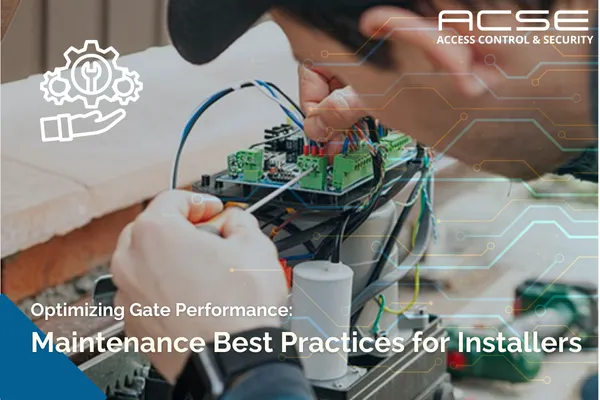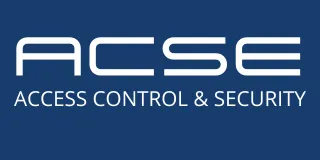
Optimizing Gate Performance: Maintenance Best Practices for Installers
A well-maintained gate system is the cornerstone of consistent performance, safety, and longevity. For installers, implementing and recommending effective maintenance practices ensures not only the durability of the gate but also client satisfaction and trust. Modern automated gates, whether for residential, commercial, or industrial use, require specific care to handle daily wear and environmental challenges.
This article explores essential maintenance practices for gate installers, focusing on proactive measures, common issues, and how to maximize gate performance over time.
Understanding the Importance of Maintenance
Regular maintenance is more than just preventing failures; it’s about ensuring optimal functionality and extending the life of the gate system. Neglecting upkeep can lead to issues such as misalignment, system breakdowns, and costly repairs.
Key benefits of regular maintenance include:
Improved Reliability: Reduces the risk of unexpected malfunctions.
Enhanced Safety: Keeps safety devices, such as sensors and reversing mechanisms, in working condition.
Cost Efficiency: Minimizes expensive emergency repairs and component replacements.
Routine Visual Inspections
A simple but critical step in gate maintenance is conducting thorough visual inspections. Installers should prioritize the following:
Hinges and Tracks: Look for signs of rust, wear, or misalignment that could impede smooth operation.
Bolts and Fasteners: Check that all hardware remains tight and secure to prevent instability.
Gate Panels: Inspect for dents, cracks, or other damage that could affect structural integrity.
For sliding gates, special attention should be given to:
Track Cleanliness: Clear debris such as dirt, leaves, or rocks that could obstruct the gate’s movement.
Roller Condition: Ensure rollers are functioning smoothly without excessive wear or noise.
Lubrication Practices for Optimal Movement
Proper lubrication is essential to maintain smooth gate operation. Installers should recommend:
Lubricating Hinges and Bearings: Use appropriate lubricants, such as silicone-based sprays, to prevent friction and reduce wear.
Avoiding Over-Lubrication: Excess lubricant can attract dust and debris, leading to blockages.
For specific components:
Sliding gates benefit from periodic lubrication of their tracks and rollers.
Swing gates require attention to pivot points to ensure unrestricted motion.
Checking Automation Systems
Automated gates rely on complex systems that must be regularly assessed for consistent performance. Key areas to evaluate include:
Operator Motors: Monitor for overheating or unusual noises, which may signal impending failure.
Control Panels: Inspect for secure wiring connections and clean terminals to prevent short circuits.
Remote Controls and Keypads: Test functionality and replace batteries as needed.
Backup power systems, such as batteries, should be checked semi-annually to ensure they remain operational during power outages.
Testing Safety Devices
Safety is a primary concern for all gate systems. Maintenance protocols should include:
Photoelectric Sensors: Test alignment and functionality to ensure they detect obstructions effectively.
Edge Sensors: Confirm responsiveness when the gate comes into contact with objects.
Reversing Mechanisms: Simulate obstructions to verify that the gate stops and reverses as required by safety standards like UL 325.
Cleaning and Environmental Protection
Environmental factors such as dirt, moisture, and weather conditions can degrade gate components. Regular cleaning practices include:
Surface Cleaning: Remove dirt and grime from the gate using mild detergents to maintain its appearance and prevent corrosion.
Protective Coatings: Reapply paint or powder coatings to prevent rust, especially in coastal or humid environments.
For gates exposed to extreme weather:
Install heaters in motors for cold climates to prevent freezing.
Use weatherproof covers for electronic components.
Documentation and Client Communication
Installers should maintain detailed maintenance logs for each gate, recording:
Dates of inspections and repairs.
Replaced parts and their warranty details.
Notes on potential issues requiring future attention.
Clear communication with clients ensures they understand the importance of maintenance and are aware of necessary follow-up actions. Providing clients with a maintenance checklist fosters proactive care and reduces the risk of unexpected failures.
Maintaining gates effectively is a shared responsibility between installers and clients. By implementing these best practices, installers can ensure the long-term performance of gate systems while upholding safety and reliability. Well-maintained gates not only meet the demands of daily use but also reflect the professionalism and expertise of the installers who service them.

